When Should You Choose Active vs Passive RFID Tracking?
161Confused about active vs passive RFID? Compare range, cost, battery life, and ideal use cases to pick the right technology for your needs.
MoreAll RFID Product
When you first get a USB UHF RFID reader, you might focus only on the advertised “50 tags/s” speed—only to find it struggles to reach 30 tags/s on the factory floor, requiring you to experiment yourself.
A USB UHF RFID reader sounds like it should be “plug and play,” but in reality, there are always unexpected hurdles: insufficient power, interference overload, or incorrect antenna orientation. This article combines vendor data with my own hands-on experience in both warehouses and labs.
Desktop Readers: Compact and USB-powered, marketed as “no external power required.” Ideal for desktop testing and tag initialization, but limited housing heat dissipation may cause throttling during prolonged full-power operation.
Portable Readers: Offer USB and sometimes Bluetooth/wireless connectivity for mobile testing, but require additional battery management, and stability is lower compared to fixed devices.
Industrial Readers: Usually rack-mounted or housed in metal, strong anti-interference capabilities, suitable for large-scale continuous reading. Volume and price start much higher.
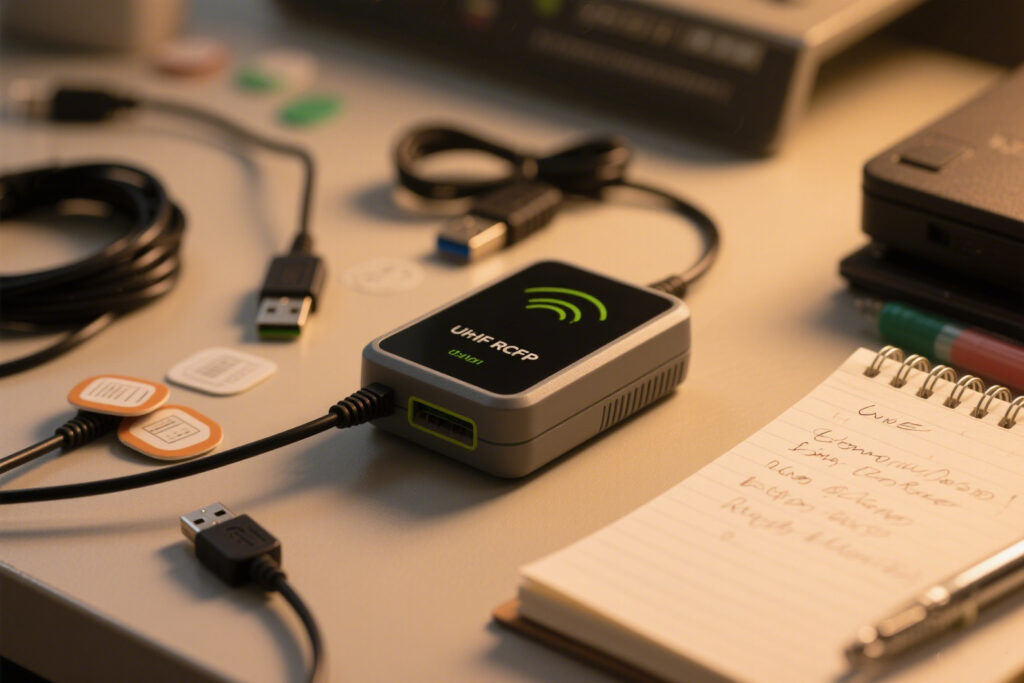
Takeaway: Table specs are just a starting point—environmental noise, tag orientation, and antenna placement are all critical.
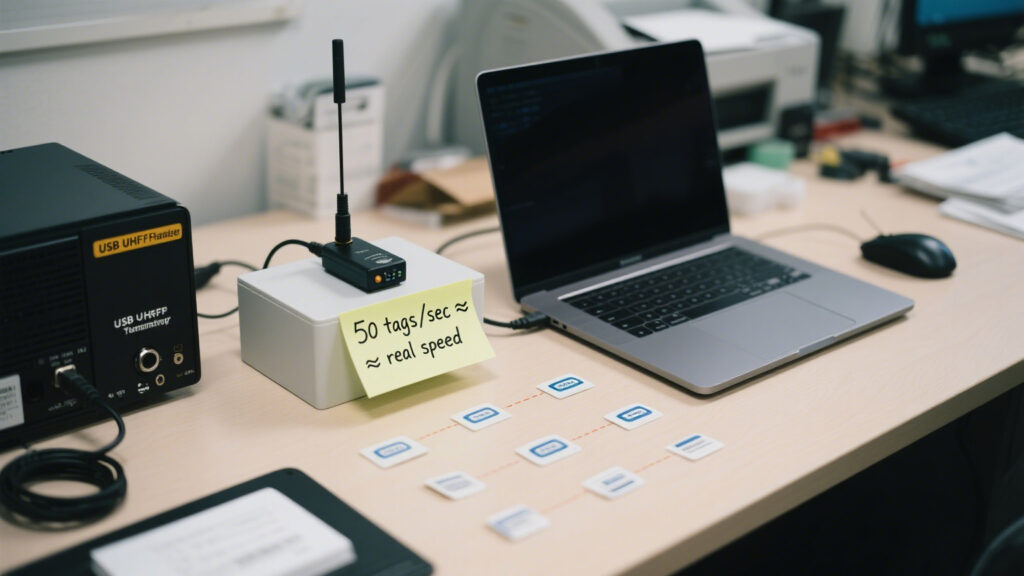
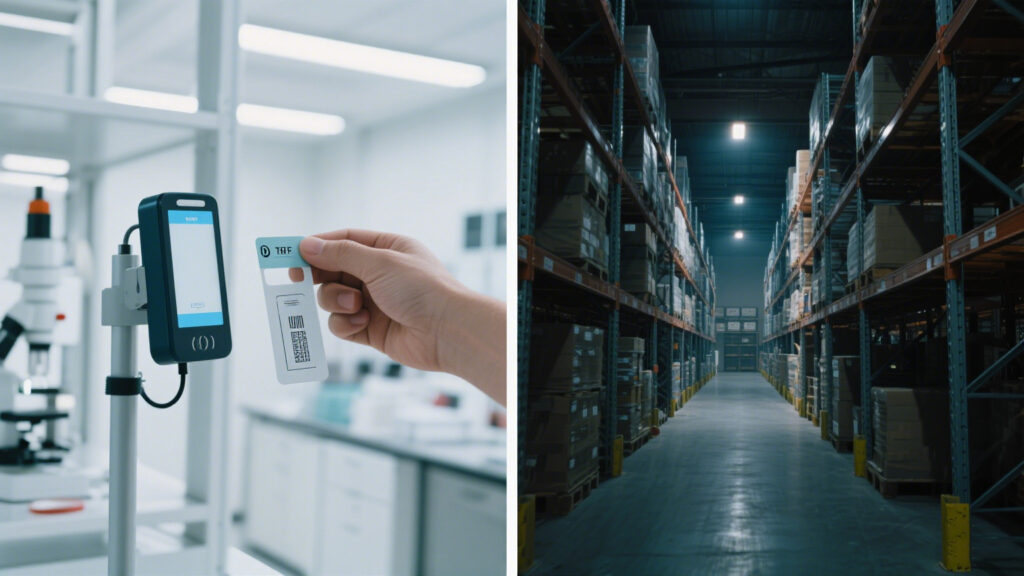
Acknowledging Limits:
USB readers are convenient, but antenna tuning and power adjustment make them less “plug and play.” High theoretical performance is rarely achieved—stable 20 tags/s onsite is often satisfying. Even with hardware knowledge, I still needed IT help for driver installation.
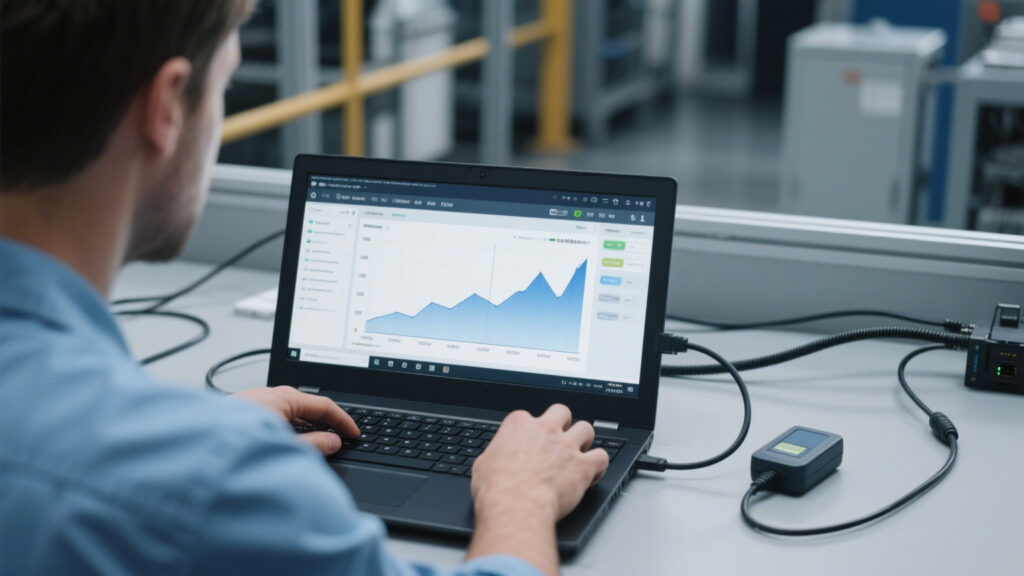
Reality Check:
If you think specs alone will save you, you haven’t tried reading tags in an 11°C warehouse. Selecting a USB UHF RFID reader is not just about checking datasheets—it requires a mindset ready for “pitfalls” and strong onsite debugging skills to achieve reliable performance in real-world conditions.
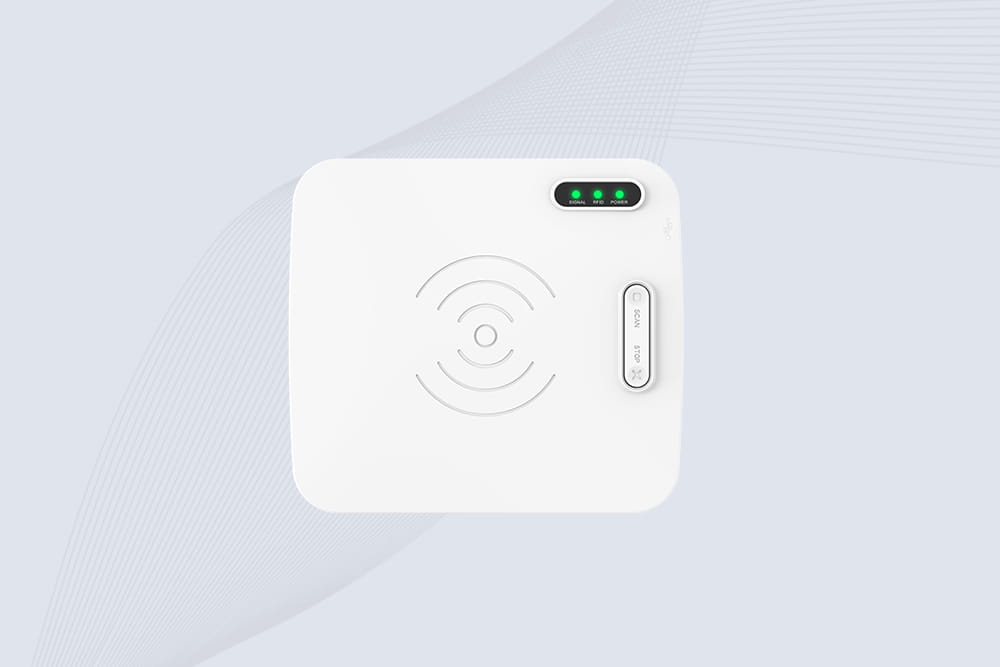
Cykeo CK-D1L Pro RFID USB reader delivers 200 tags/min encoding via USB 3.0, featuring driver-free operation, ESD protection, and SDK support for Windows/Linux/Android systems.

Cykeo CK-D1L USB RFID reader features 10cm precision writing, ISO 18000-6C compliance, and USB 3.0 connectivity for retail/library/event management. Includes batch encoding software and SDK.
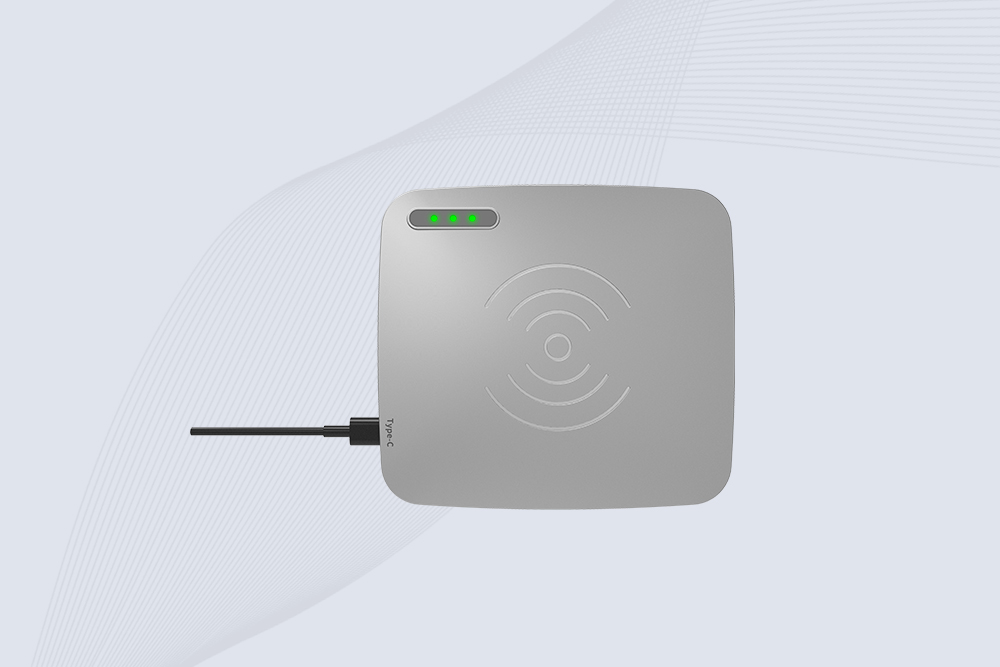
Cykeo CK-D1C USB RFID Card Reader offers 10cm precision encoding, batch tag writing, and multi-OS support for access control, asset tagging, and ID management.
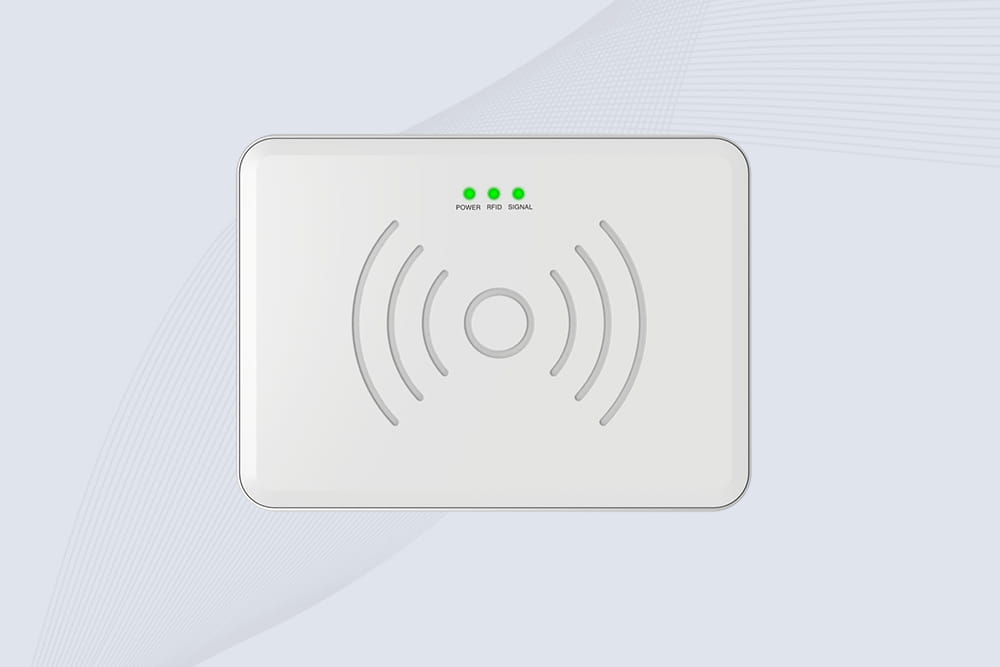
Cykeo CK-D2L RFID Reader USB offers 10cm precision encoding, IMPINJ R500 chipset, and USB plug-and-play operation. Ideal for badge issuance, asset tagging, and retail label programming.
Confused about active vs passive RFID? Compare range, cost, battery life, and ideal use cases to pick the right technology for your needs.
MoreLearn how to install an RFID gate reader to prevent retail theft. Follow Cykeo’s step-by-step guide for optimal placement, calibration, and integration with security systems.
MoreDiscover how RFID for tool tracking enhances safety, compliance, and efficiency in high-risk industries. Learn about Cykeo’s automated solutions.
MoreAvoid costly RFID reader setup errors! Learn the 7 most common installation mistakes and how Cykeo’s expertise ensures optimal RFID performance for warehouses, retail, and logistics.
More